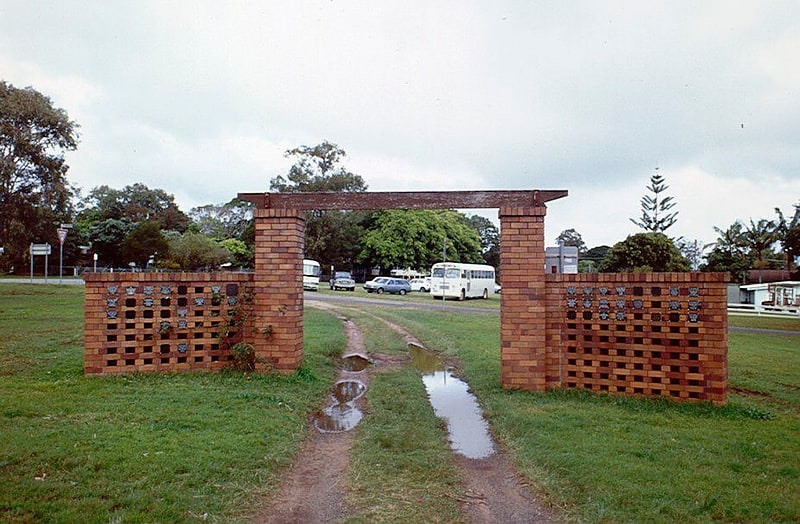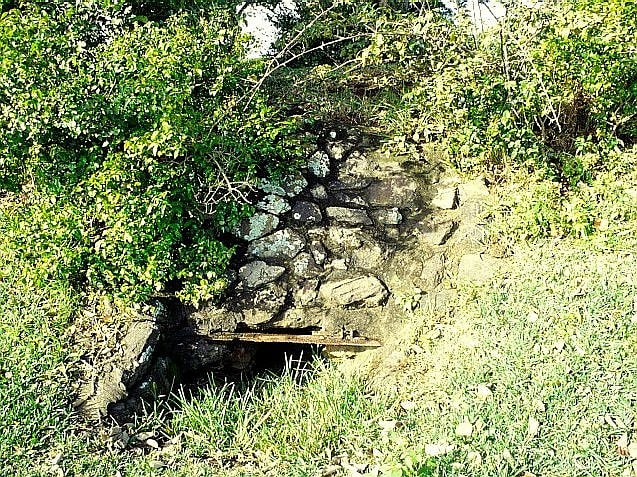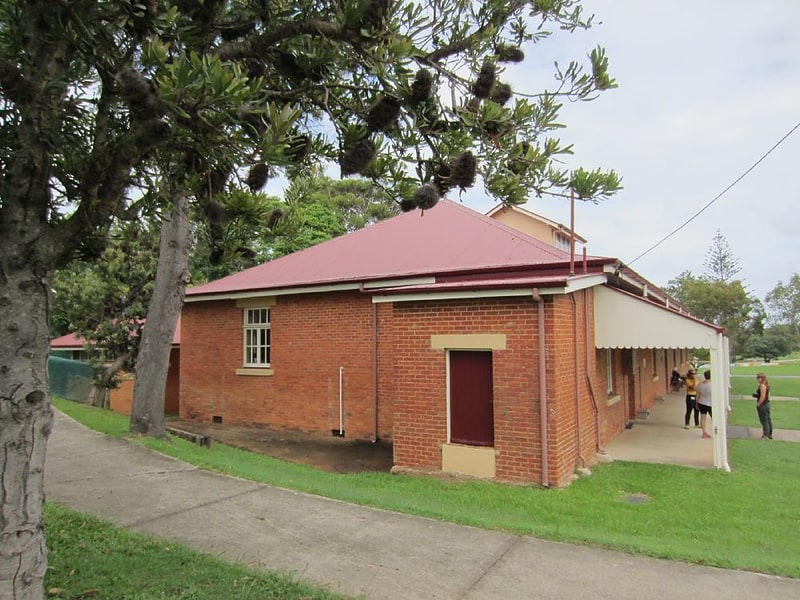Discover 5 hidden attractions, cool sights, and unusual things to do in North Stradbroke Island (Australia). Don't miss out on these must-see attractions: Brown Lake, Dunwich Cemetery, and North Stradbroke Island Historical Museum. Also, be sure to include Dunwich Public Reserve in your itinerary.
Below, you can find the list of the most amazing places you should visit in North Stradbroke Island (Queensland).
Table of Contents
Brown Lake

Lake in Australia. Brown Lake is a perched lake on North Stradbroke Island, in South-East Queensland, Australia. The ecosystem is an example of a coastal non-floodplain sand lake and is characterised by acidic water, nutrient-poor and sandy soil, shrub-like vegetation and wet heathland.
Brown Lake is of geographical significance, possessing ecological value. The geomorphology of the ecosystem is representative of the unique parabolic dune ridge systems that formed during the Pleistocene epoch. As a perched lake, the hydrological operations of Brown Lake are highly diverse and complex.
The lake is also of cultural significance to the Aboriginal population of North Stradbroke Island, the Quandamooka people, as they possess a spiritual and physical relationship with the ecosystem. The indigenous population care for and protect the landscape, sharing traditional environmental management knowledge.
Brown Lake’s cultural heritage and ecological value, along with the environmental damage associated with tourism, has led to increased conservation. The Queensland Government and the Quandamooka Yoolooburrabee Aboriginal Corporation (QYAC) have proposed an improved environmental management plan, combining traditional and contemporary management practices.[1]
Dunwich Cemetery

Cemetery in Dunwich, Australia. Dunwich Cemetery is a heritage-listed cemetery at Bingle Road, Dunwich, North Stradbroke Island in the City of Redland, Queensland, Australia. It was built from 1847 to 1952. It is also known as One Mile Cemetery. It was added to the Queensland Heritage Register on 21 October 1992.[2]
North Stradbroke Island Historical Museum

Museum in Dunwich, Australia. The North Stradbroke Island Historical Museum is a museum founded in 1987 to present the history of North Stradbroke Island. It is found at 15-17 Welsby Street, in Dunwich on North Stradbroke Island. The museum comprises four buildings: the Dunwich Benevolent Asylum, the main building, the Herdsman's Hut, and a replica of the first Dunwich Post Office. The museum also contains archives with local documents and images.
The museum contains the following exhibits:
- Aboriginal Room
- Pioneer Room
- Lighthouse
- Shipping
- Whale Skull (on loan from the Queensland Museum)
Address: 15-17 Welsby St, 4183 North Stradbroke Island
Dunwich Public Reserve

Dunwich Public Reserve is a heritage-listed archaeological site at Junner Street, Dunwich, North Stradbroke Island in the City of Redland, Queensland, Australia. It was built from 1827 to 1828. It is also known as Privy Pit, Convict Barracks, and Convict Store within the Moreton Bay penal settlement. It was added to the Queensland Heritage Register on 25 February 2000.[4]
Address: Ballow Road, North Stradbroke Island
St Mark's Anglican Church and Dunwich Public Hall

St Mark's Anglican Church and Dunwich Public Hall are a heritage-listed church and public hall at Junner Street, Dunwich, North Stradbroke Island in the City of Redland, Queensland, Australia. The church was built in 1907 and the hall c. 1913 as part of the Dunwich Benevolent Asylum. The Dunwich Public Hall is also known as Benevolent Asylum Mess Hall. They were added to the Queensland Heritage Register on 28 July 2000.[5]